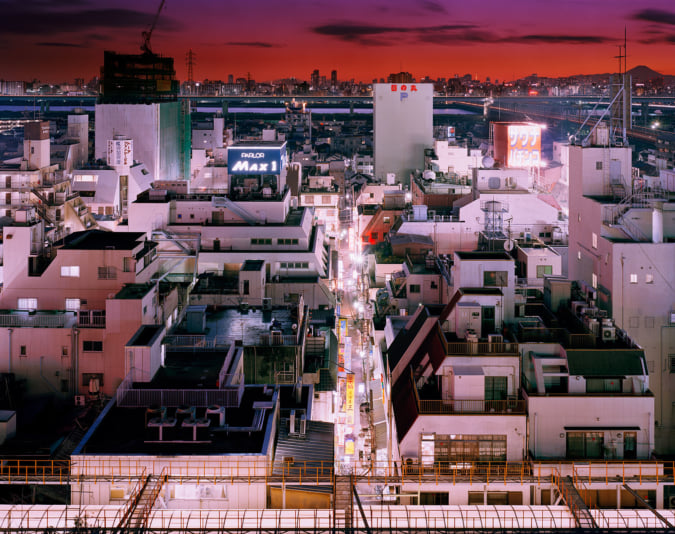Confectionery Purveyor Toraya Get a Makeover in Akasaka
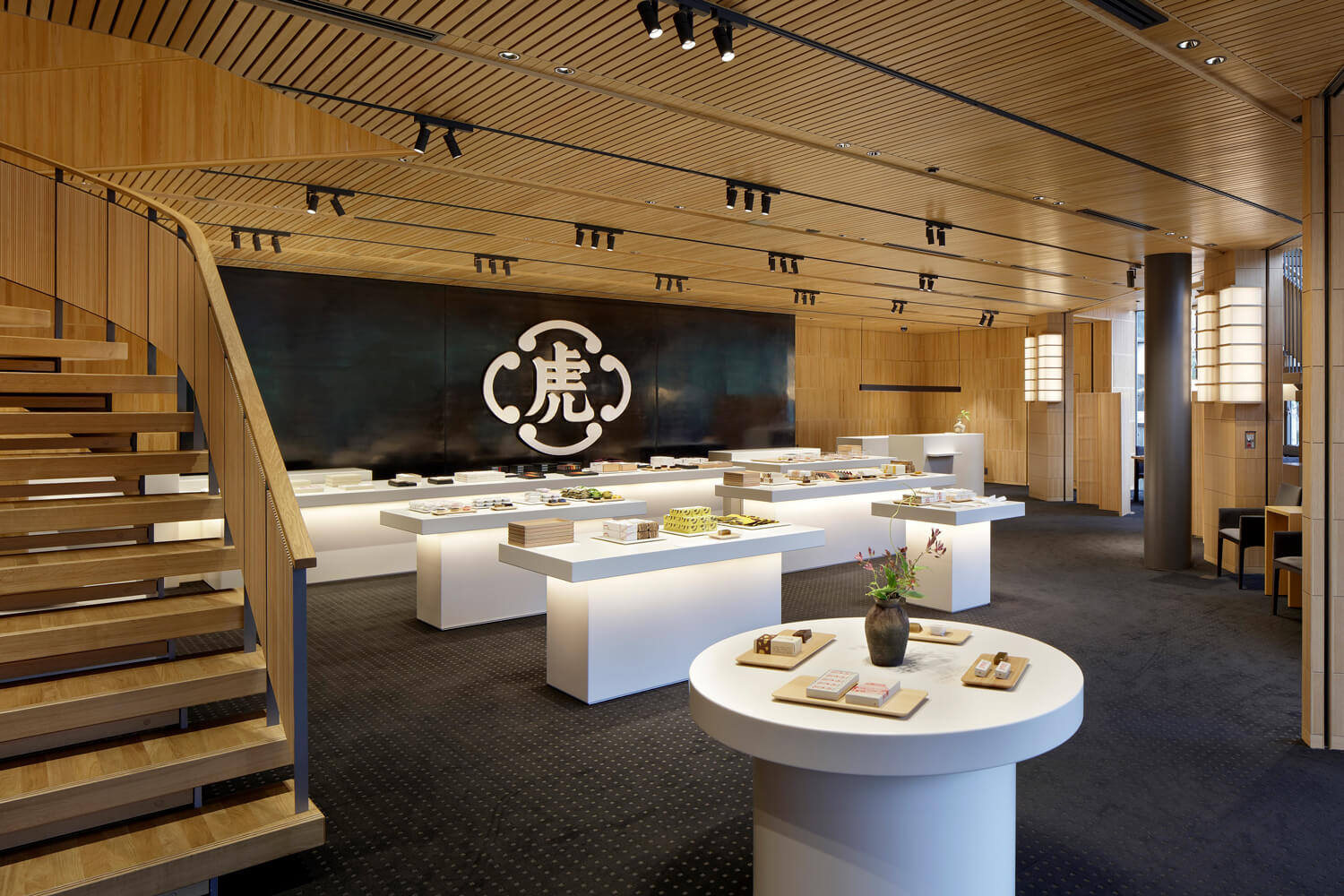
Toraya, an institution in traditional Japanese confectionery for the last 500 years, has had a facelift. Gone are the days of the nine-storey tower block built in 1964. The brand has now opted for purity and clarity with a fully glazed facade. Inside, natural takes precedence with a hinoki wood coating on the walls, embellished with touches of black, all bathed in daylight.
The gallery in the basement is a new addition and hosts exhibitions and thematic events around traditional Japanese culture. However it is likely to be the tea room on the third floor that will attract crowds. Visitors will be able to taste dishes and desserts specially developed for the Akasaka branch such as senri no kaze, a yokan (here a jellied mix of different beans) striped with red bean paste, a nod to the name of the house (tora means tiger in Japanese).
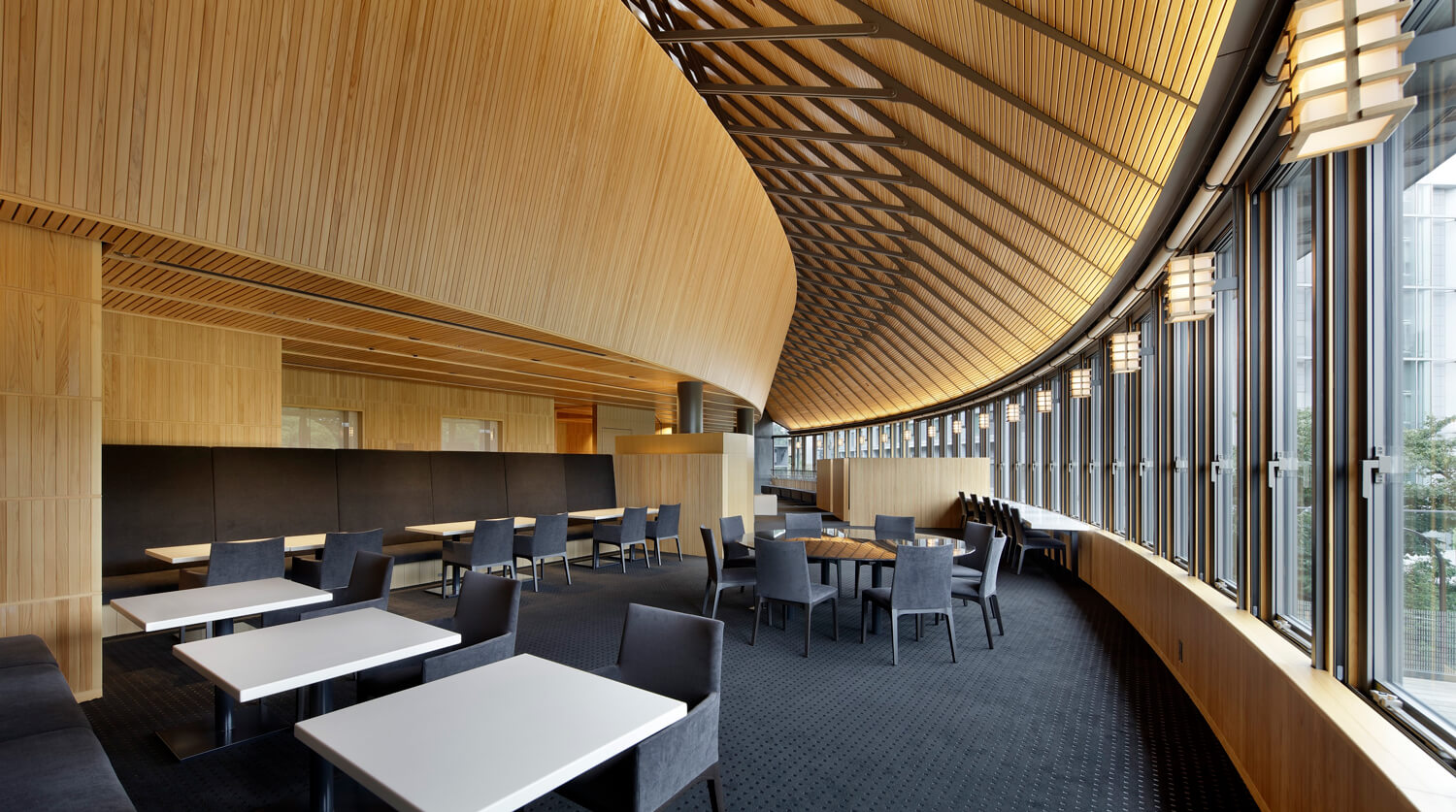
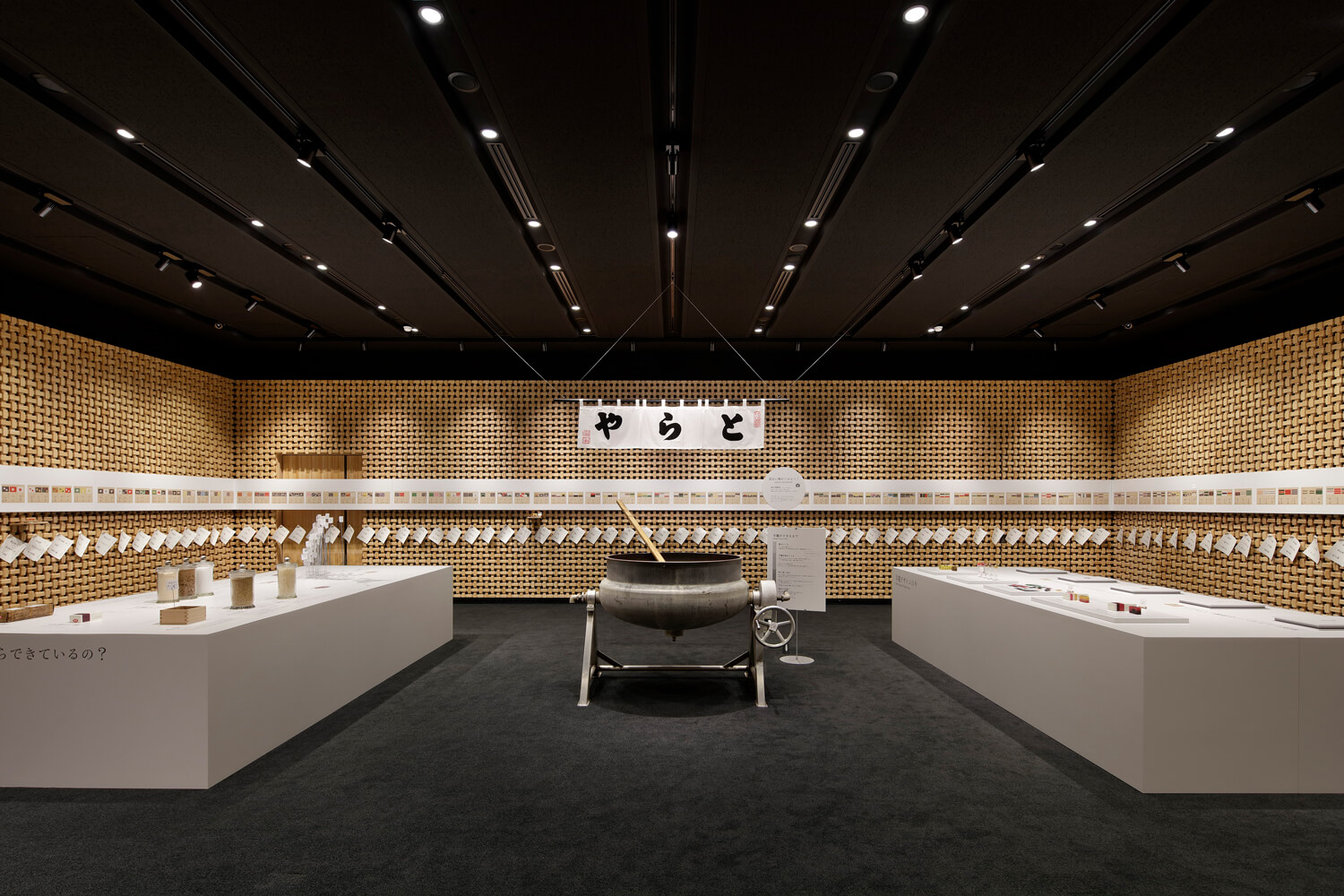
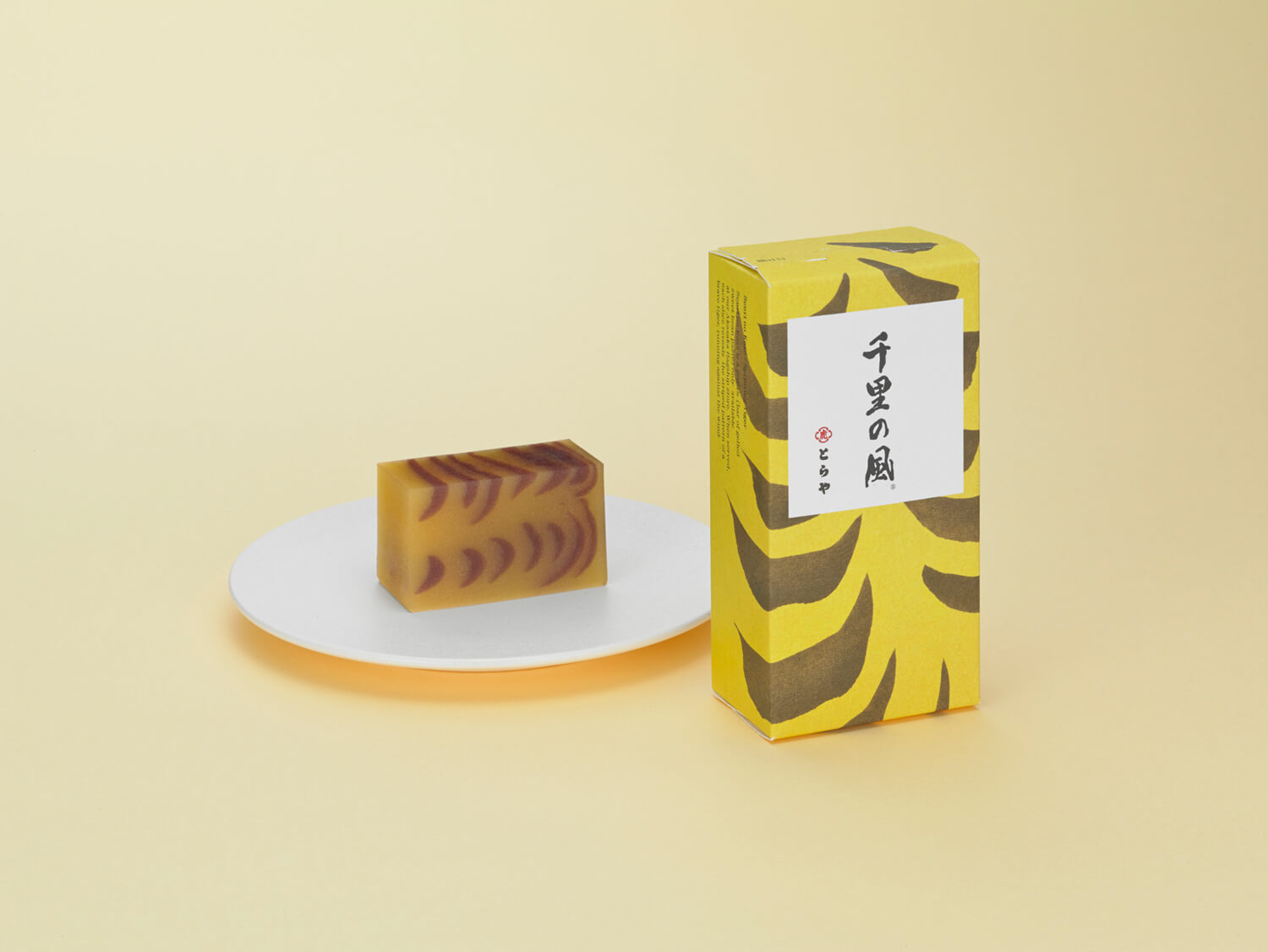
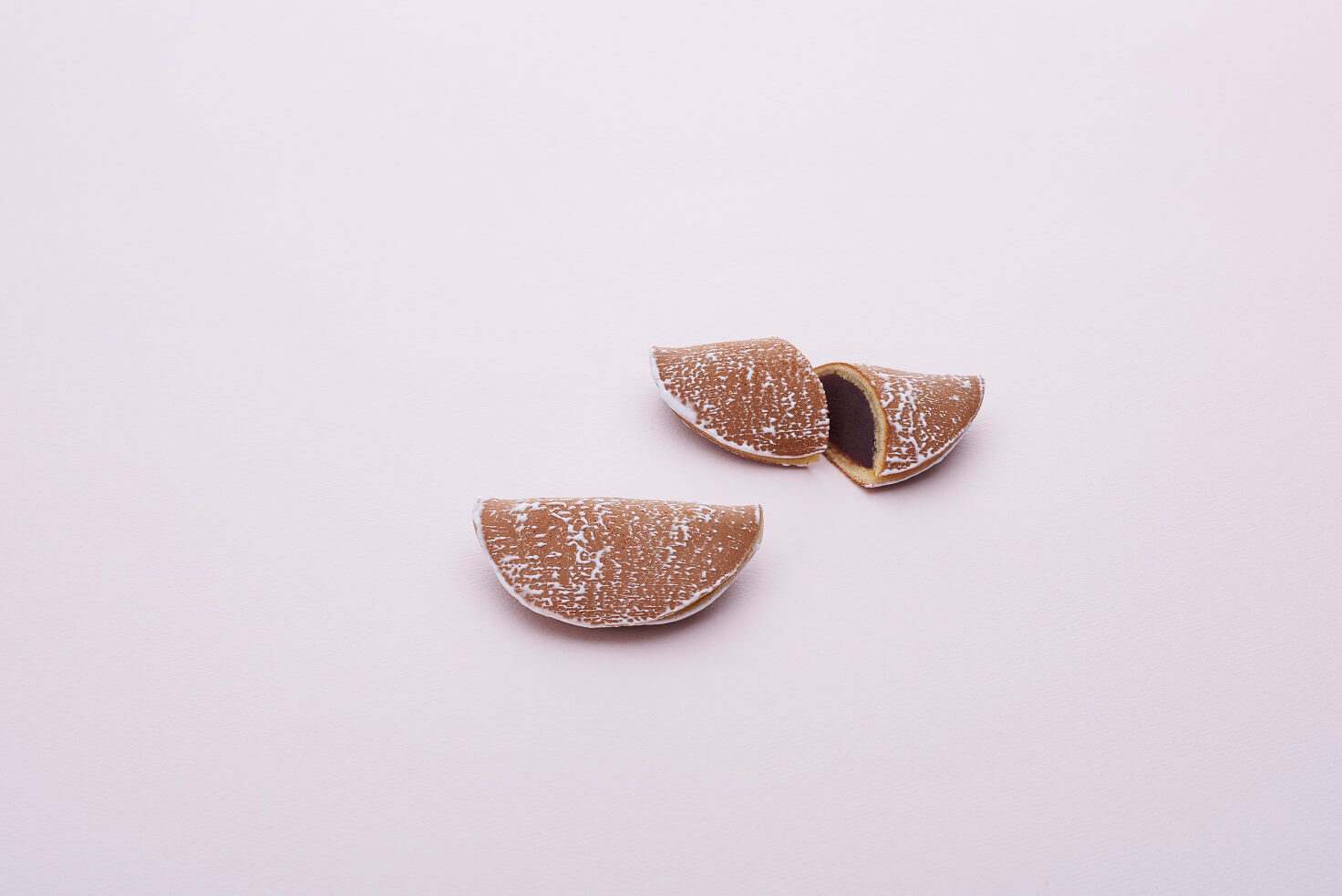
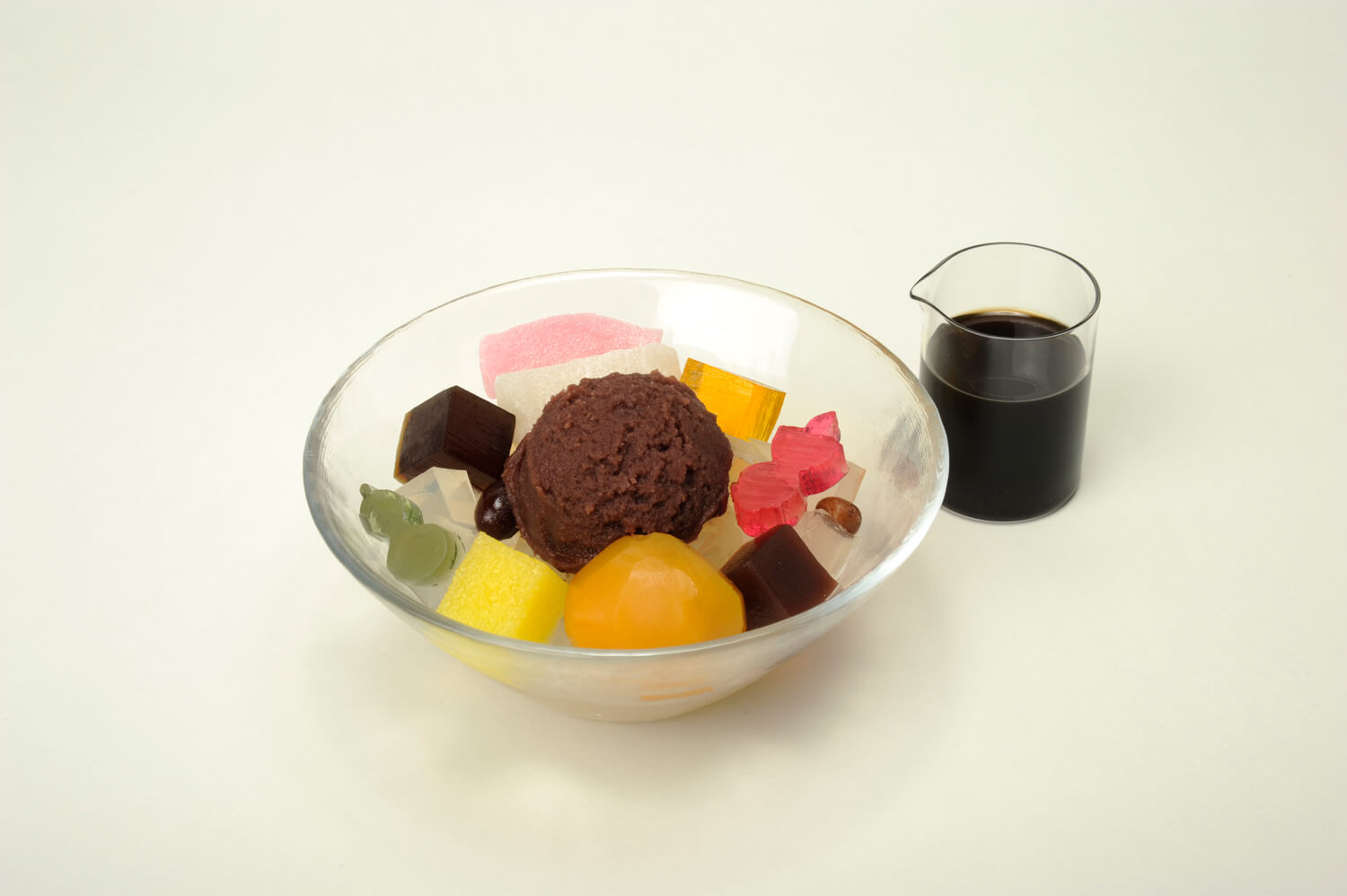
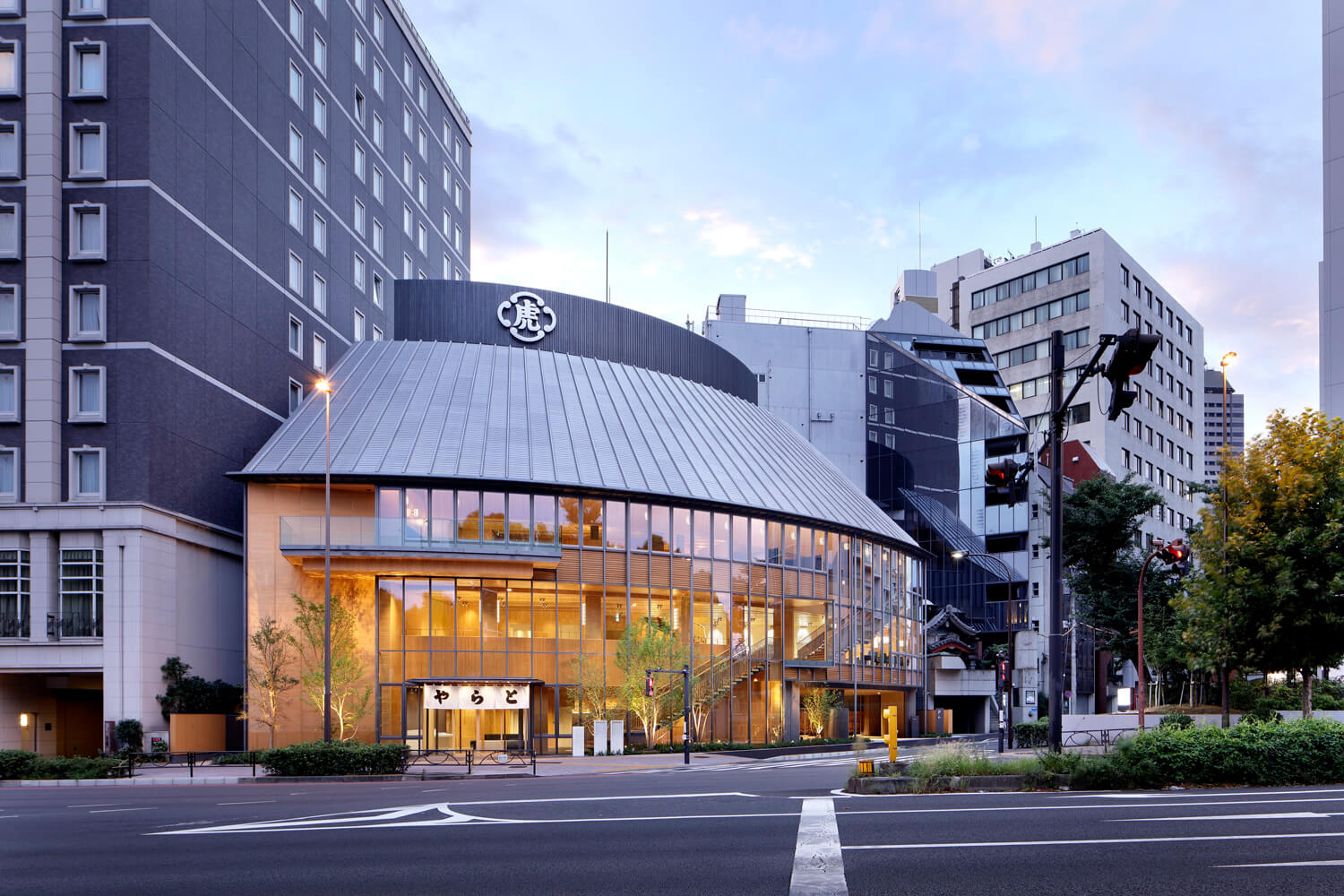
Toraya Akasaka
4-9-22 Akasaka, Minato-ku, Tokyo
TRENDING
-
The Tattoos that Marked the Criminals of the Edo Period
Traditional tattoos were strong signifiers; murderers had head tattoos, while theft might result in an arm tattoo.

-
Paris, Tokyo: Robert Compagnon
With his co-chef and talented wife, Jessica Yang, Robert Compagnon opened one of the top new restaurants in Paris: Le Rigmarole.
 3:31
3:31 -
The Story of Sada Yacco, the Geisha who Bewitched Europe
Described by Dazed magazine as the first beauty influencer, she has been restored to her former glory since 2019.

-
Ito Jakuchu's Naturalist Paintings
From 15 September until 14 October 2018, the Petit Palais showcased the artist's iconic ‘Images of the Colourful Realm of Living Beings’.

-
Images of Tokyo Captured from Fire Escapes
In 'Tokyo Twilight Zone', photographer Shintaro Sato presents the capital from an angle more familiar to its residents than visitors.





